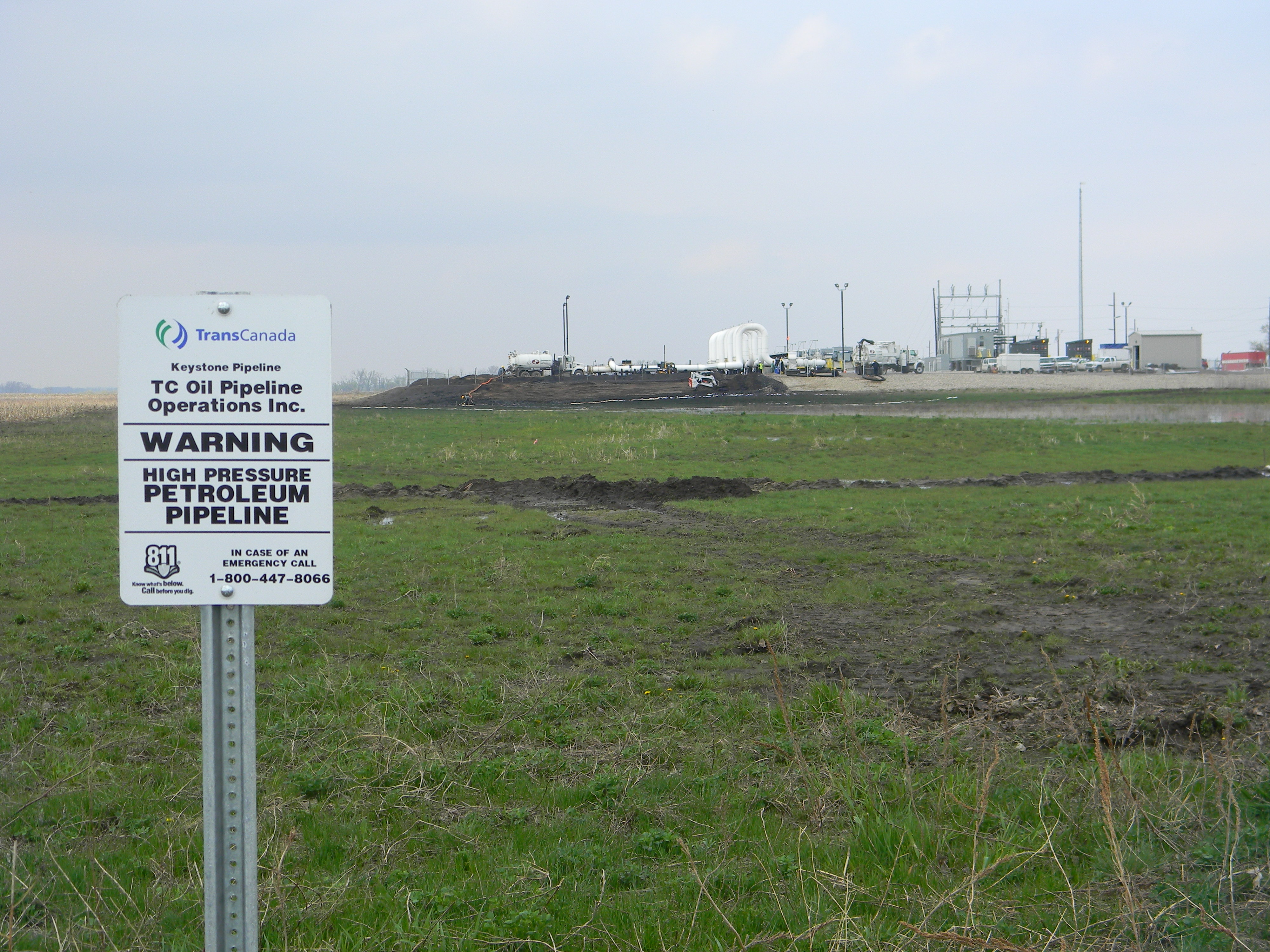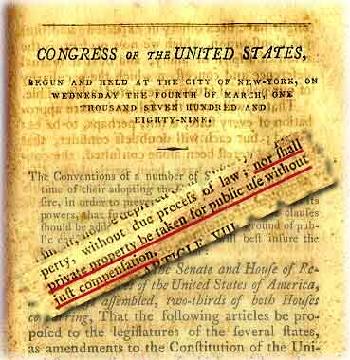This is a guest blog by departing Public Citizen intern Chantelle B.
In recent months, Nebraska’s government has taken a strong stand against the Keystone XL Pipeline’s route, which currently passes through the ecologically fragile Sandhills region and North America’s largest aquifer – the Ogallala – which, if polluted, could have disastrous effects. The majority of this aquifer lies under Nebraska, and provides the state with 70% of its freshwater. But the Ogallala aquifer’s importance goes beyond Kansas. It is one of the most important sources of water in the Plains Region, used for residential and industrial purposes as well as agriculture, the base of the economy in the area. Texas is one of the leading states irrigating from the aquifer, accounting for about 40% of Texas’ water use. Officials in the Nebraskan State government, such as Governor David Heinman, have signed a bill to ensure that TransCanada will not be able to build their behemoth of a Pipeline through the precious Sandhills region.
On November 10th, President Obama delayed the date for granting TransCanada a permit to construct the Pipeline across the U.S.-Canada border until after the 2012 Presidential elections. One component of the President’s decision to postpone the Pipeline’s construction was to ensure a Department of State-approved rerouting that satisfies Nebraska’s demands. Unfortunately for the environment, Nebraskans are showing a proclivity to support the Pipeline generally, and only stress the environmental importance of the delicate Ogallala and Sandhills region. TransCanada is set to collaborate with the Nebraska department of environmental quality and the DoS, which will audit its alternate route to ensure it avoids the regions in question, making it only marginally more environmentally sound. However, TransCanada’s President for Energy and Oil Pipelines, Alex Pourbaix, still affirms his belief that the Pipeline would have been equally safe even if the original route were implemented.
Although a new route will protect the most ecologically sensitive locations in Nebraska, there remains the problem that a daughter project already in play, the Keystone 1 Pipeline in the northern Great Plains, has already exceeded its projected spill figures. Despite TransCanada’s prediction that this smaller pipeline would spill around 11 times throughout its lifetime of approximately 50 years, it has already had more than it’s lifetime number of spills within its first year of operation. So while the Sandhills region and Ogallala may be spared from catastrophe the land traversed in the new route will still be subject to as devastating a fate, like the 6 story geyser of diluted bitumen seen in the worst Keystone 1 spill.
Everyone in the way of this pipeline should become aware of the history of ecological damage these types of pipelines have already experienced. And those of us near the terminous – where heavy crude oil refineries may be gearing up to refine this most polluting of all crudes, spilling more toxins into the air around Houston, Beaumont and Port Arthur, TX or the ports will load large ships with the diluted bitumen and send them out into the Gulf of Mexico – well, we have other pollution worries to consider.





Massive Opposition to Tar Sands Pipeline
Posted in Tarsands, tagged comments, keystone, keystone xl, permit, pipeline, spill, state department, Tar Sands, tarsands, Texas, transcanada on June 9, 2011 |
Check out KETK for their recent story on the spill and overview of the project.
The State Department will decide soon on whether or not to grant this project the necessary “presidential permit” it needs for construction from Canada down through the central US. The future of energy lies in renewable energy – and that is where we should be investing in new infrastructure. This pipeline takes us in exactly the opposite direction towards a dirtier and more destructive fossil fuel. Contact your congressman and ask them to pressure the White House and State Department not to grant this permit.
http://whoismyrepresentative.com/
Read Full Post »